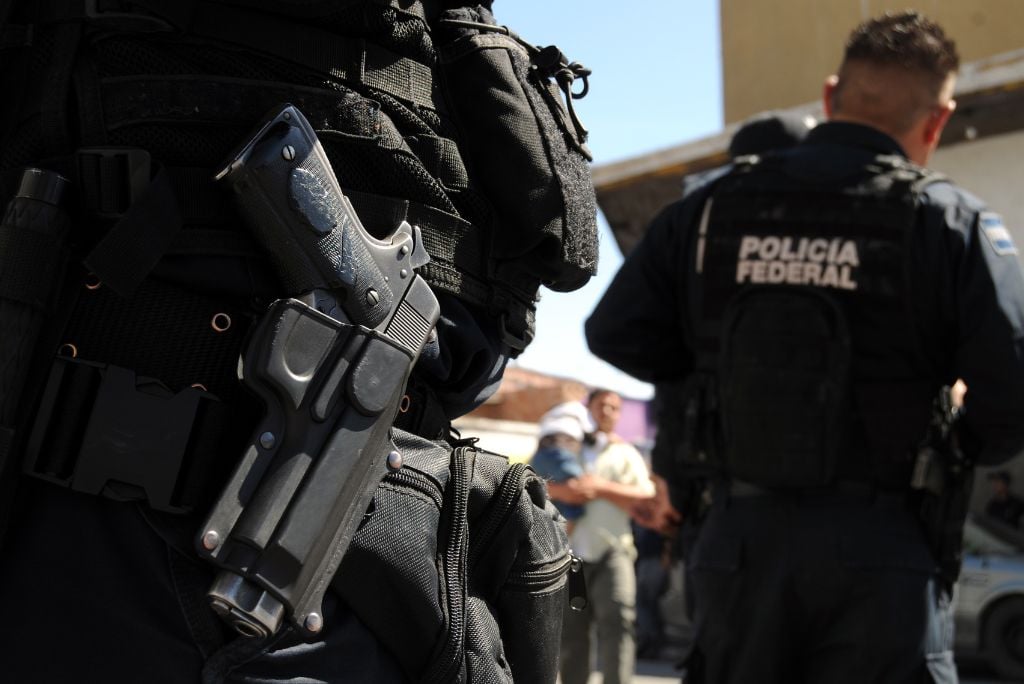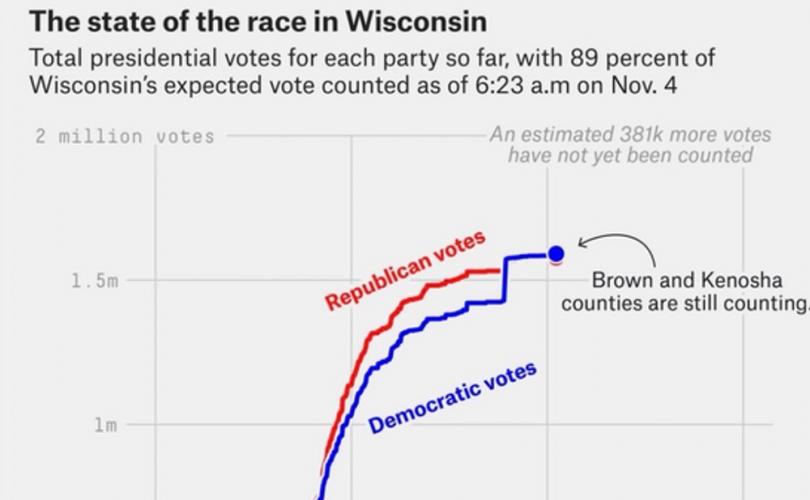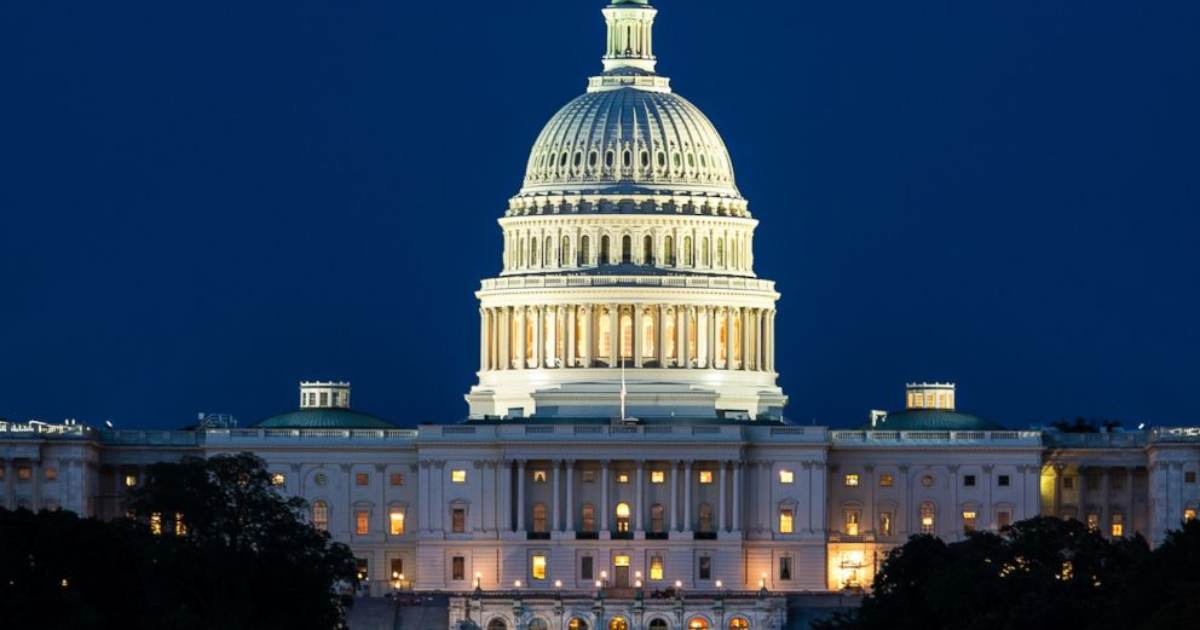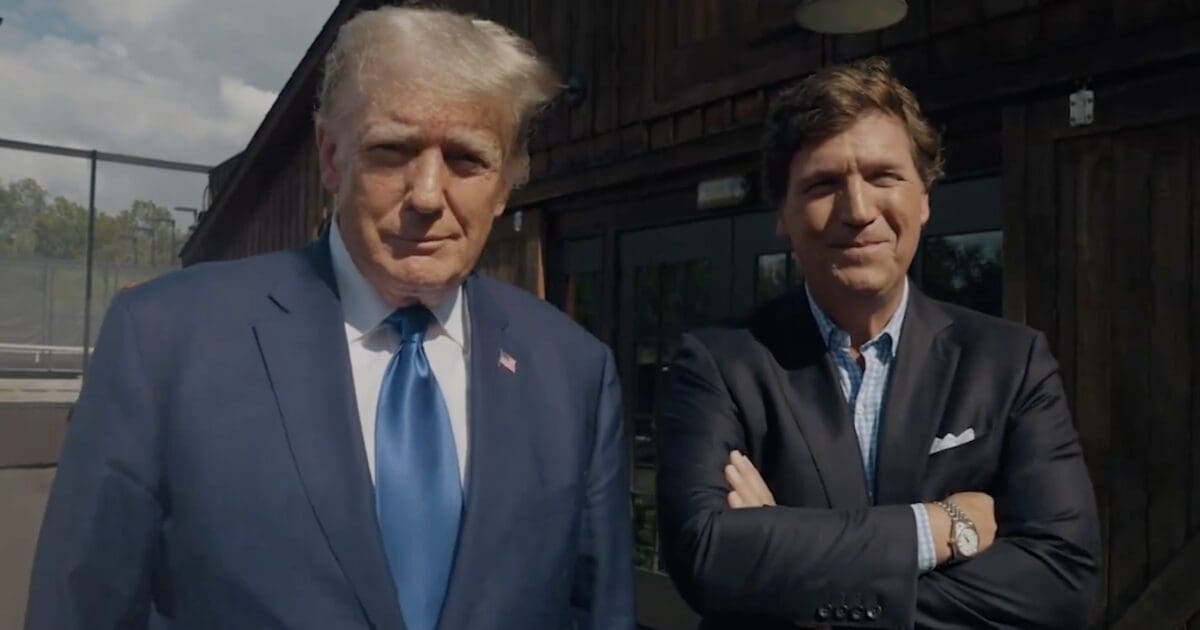Violence erupted in Mazatlán—a region known for the influence of the Sinaloa Cartel—on September 9th due to an internal conflict between two factions within the cartel. This clash has unleashed a series of violent acts that endanger the security of local residents.
The Sinaloa Cartel, one of the most powerful criminal groups in Mexico’s history, has faced internal divisions since its leadership was weakened. These tensions have led to a dispute over control of strategic territories and illegal activities.
Authorities have ramped up security operations in the region; however, the violence continues to impact civilians, creating uncertainty and fear among Mazatlán residents.
On the night of Sunday, October 27th, gunfire rang out in various parts of the city, causing moments of panic among the population. The local Public Security Department advised residents to seek shelter as authorities worked to control the situation.
The escalating violence in Mazatlán has deeply worried its residents, who live in fear amidst ongoing clashes between Sinaloa Cartel factions. Local authorities have mobilized forces to try to restore order, but the situation remains critical.
During Monday’s morning conference, Mexican President Claudia Sheinbaum Pardo was questioned about the violent events. Sheinbaum linked the violence to security issues resulting from Ismael “El Mayo” Zambada’s arrest and his handover to U.S. authorities.
Sheinbaum explained that the situation in Sinaloa is “unique” due to Zambada’s arrest, which remains partially unexplained. According to Sheinbaum, the extradition process to the United States took place under unclear circumstances.
Despite the severity of the situation, Sheinbaum stated that authorities are addressing the conflict with a strategy based on «presence and intelligence,» although results have yet to sufficiently quell the violence in the region.
Founded by Joaquín «El Chapo» Guzmán and Ismael “El Mayo” Zambada, the Sinaloa Cartel maintains a strong base in the state of Sinaloa, where many of its members and relatives reside. This presence makes the region a key point for cartel operations.
The cartel’s territorial control in the area has led to frequent clashes with rival groups, allowing it to sustain its influence in drug trafficking despite setbacks by security forces.
Lacking a rigid hierarchical structure, the Sinaloa Cartel has seen the emergence of two main factions now locked in a violent internal struggle. The arrest of “El Mayo” Zambada in July 2024 in El Paso, Texas, hastened this division.
On one side are Zambada’s loyalists, known as “La Mayiza,” who have allied with groups such as “Los Ántrax” and “Los Rusos.” Meanwhile, “Los Chapitos,” the sons of “El Chapo” Guzmán, have aligned with “Los Ninis” and “Los Salazar,” escalating the violence.
This factional conflict ignited on September 9th, when “El Mayo” Zambada, in a letter, accused Joaquín Guzmán López, “El Chapo’s” son, of betraying him and turning him over to U.S. authorities. This accusation set off a new wave of violence.
In the past month, Sinaloa has been the scene of brutal confrontations between the two factions. This conflict has led to alarming numbers of deaths, disappearances, and burned vehicles, plunging the region into a severe security crisis.
The internal war within the Sinaloa Cartel affects not only those involved in drug trafficking but also the civilian population. The violence has reached disturbing levels, with authorities struggling to control the situation amid growing tension and chaos in the region.
Joana Campos es abogada y editora con más de 10 años de experiencia en la gestión de proyectos de desarrollo internacional, enfocada en la sostenibilidad y el impacto social positivo. Actualmente dirige JC Editorial, donde ha coordinado la edición y distribución de libros de reconocidos autores internacionales y la logística de numerosas giras nacionales. Anteriormente, trabajó como abogada corporativa, especializándose en derecho penal y corporativo. Joana es licenciada en Derecho por la Universidad de Guadalajara.
Joana Campos is a lawyer and editor with over 10 years of experience in managing international development projects, focusing on sustainability and positive social impact. She currently leads JC Editorial, where she has coordinated the editing and distribution of books by renowned international authors and managed the logistics of numerous national tours. Previously, she worked as a corporate lawyer, specializing in criminal and corporate law. Joana holds a law degree from the University of Guadalajara.















